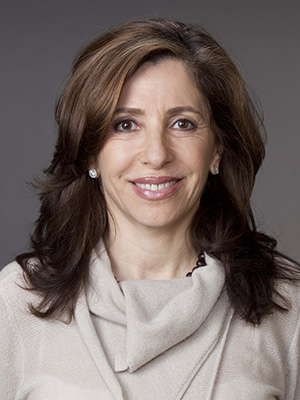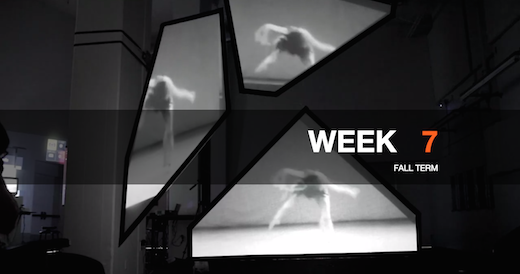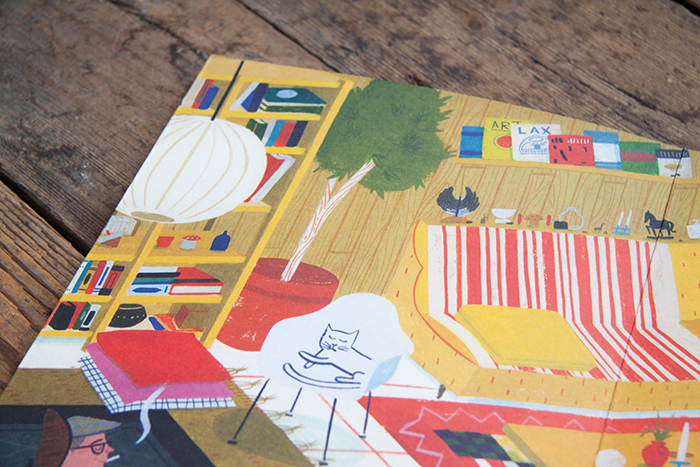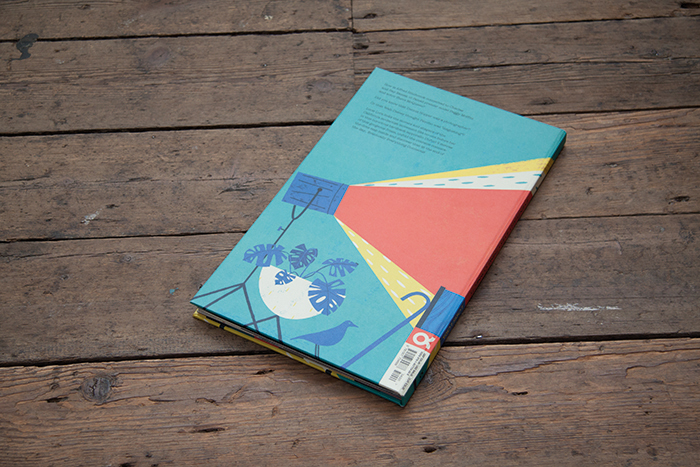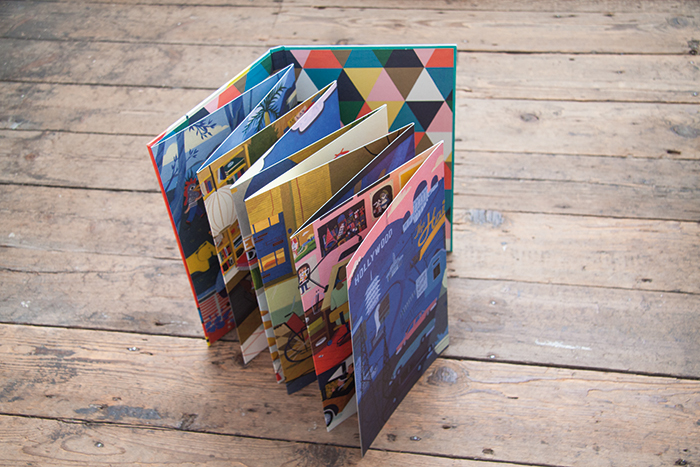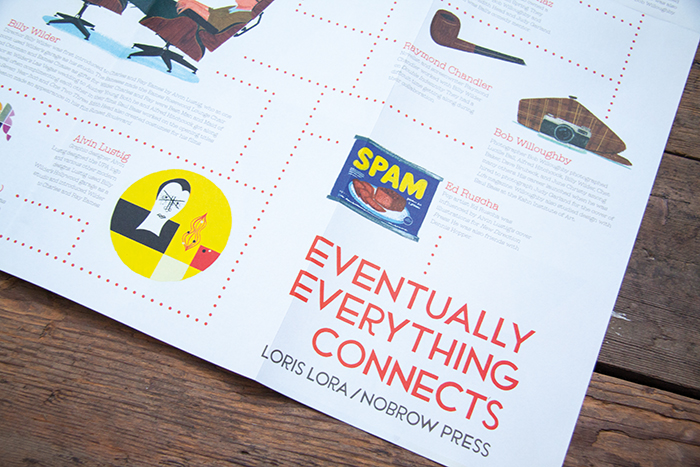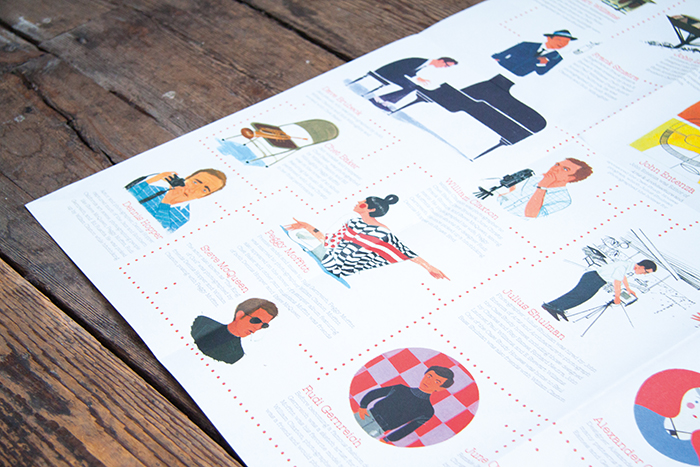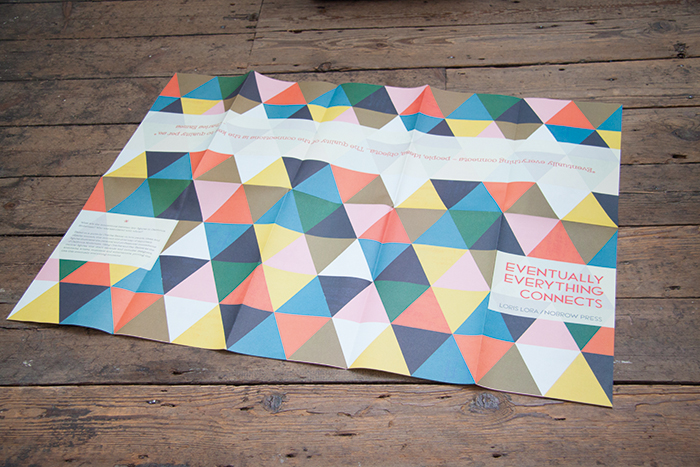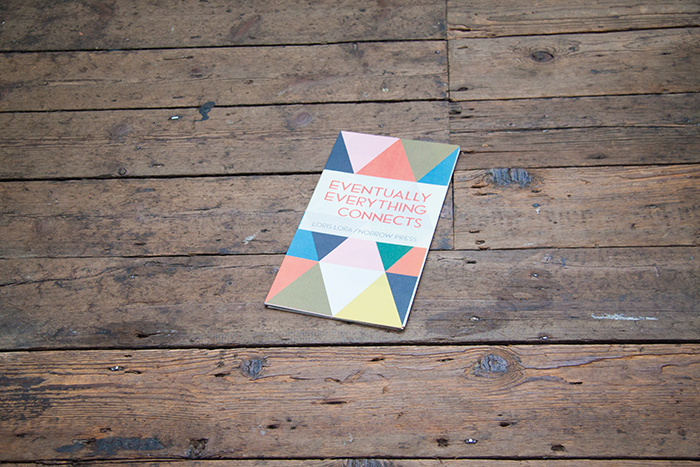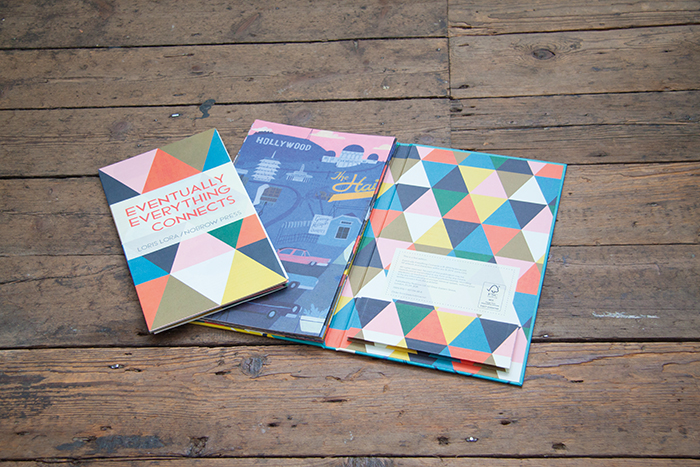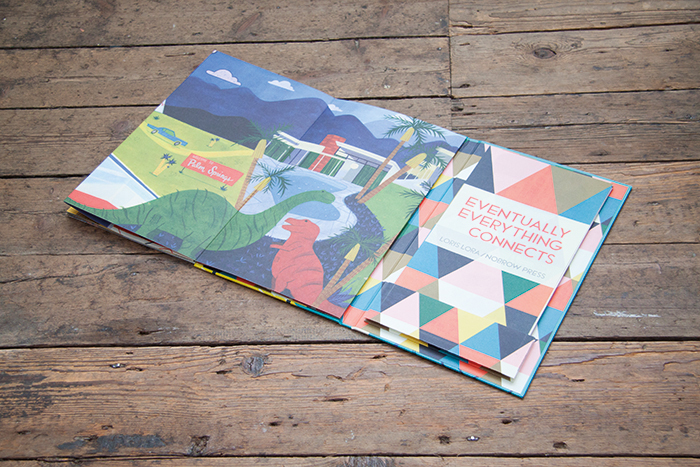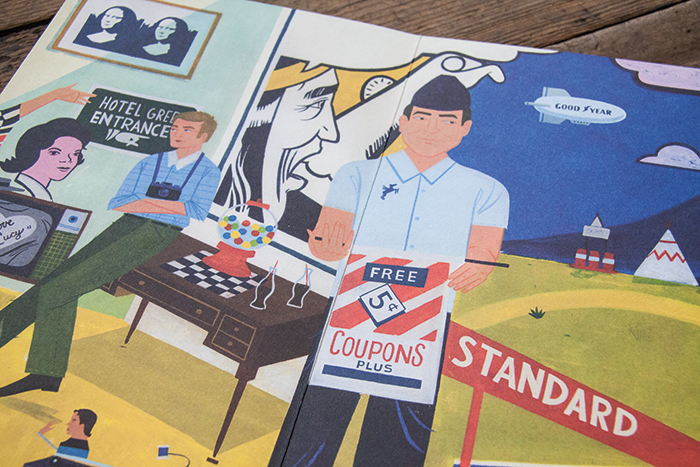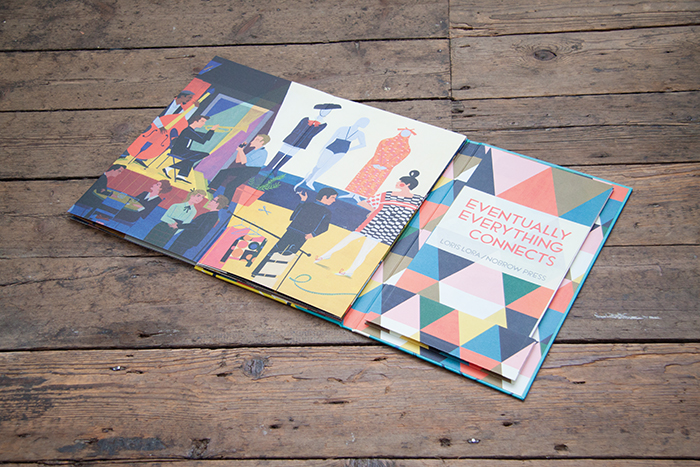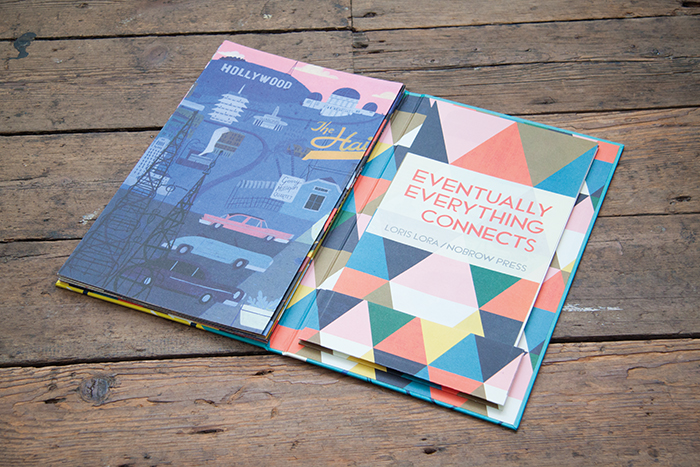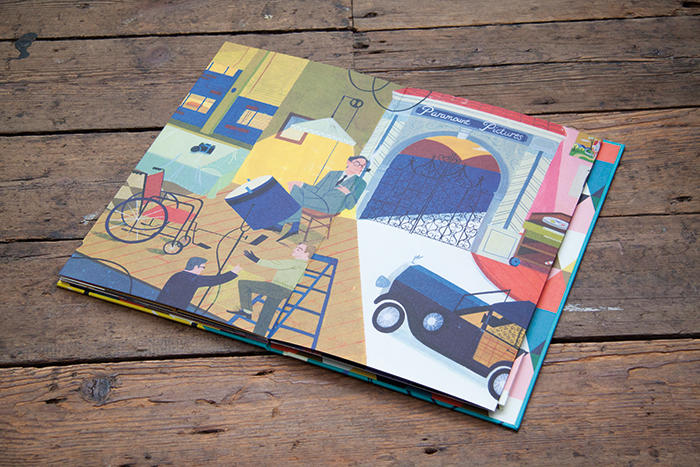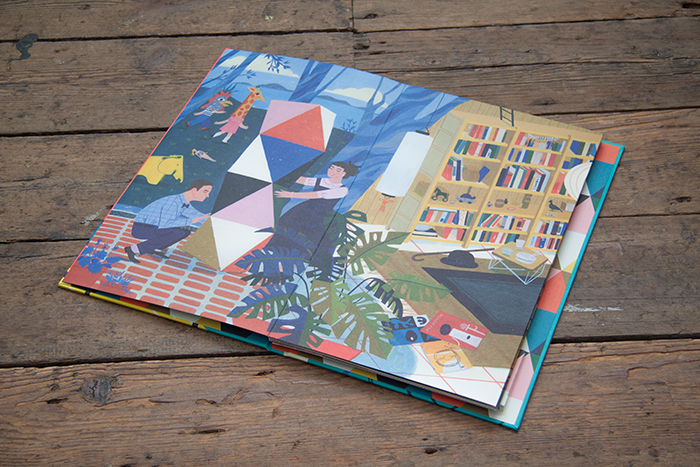Drawing on a diverse array of fields, Art Center’s Environmental Design Master of Science program — led by Department Chair David Mocarski — investigates the dynamic qualities of story-driven design, combining conceptual rigor and theoretical thinking with professional practice and a focus on technical innovation, manufacturing, fabrication and project execution. Three recent graduates are redefining the future of the environments we inhabit on a daily basis, as their visionary thesis projects demonstrate.
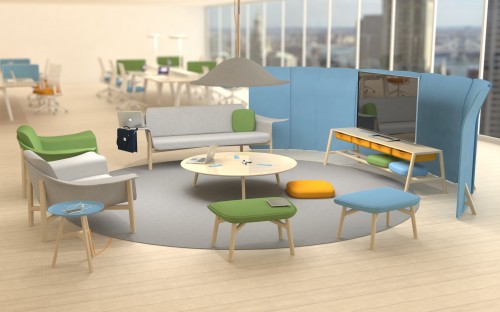
Hines Fischer’s family room-inspired “Soft Working” office furniture system.
Hines Fischer: “Soft Working” office furniture system
For many years the office has been designed around accommodating the desktop computer. Office furniture’s job was to support the tools of the office and their use. But as technology has become more integrated, Hines Fischer (MS 14) believes that the most important thing for office furniture to support is people. The workspace should encourage and nurture people’s interactions, collaborations and ideas.
It’s a concept Fischer calls “Soft Working,” which is the name he gave to a line of furniture he designed as a grad student in Environmental Design’s Furniture and Fixtures track. His concept began with the observation that traditional office environments are formal, emotionally sterile, even forbidding. The meeting room is one place that the office community typically comes together, but — usually centered around a giant table — it too can feel alienating.
Because today’s businesses want their employees collaborating, innovating and working together — to be less of a staff and more of a family — Fischer saw that what the “family room” is to the home, the meeting room could be to the office: a comforting space that encourages interaction, community, mental clarity and openness.
Through its innovative use of form, color and texture, including wood and natural fabrics, Soft Working reinvents the modern office, improving human connection, workflow and productivity.
The Environmental Design program provides students high-level opportunities to engage directly with industry, including the International Contemporary Furniture Fair, North America’s premier annual showcase for contemporary design, where Fischer presented his work two years in a row.
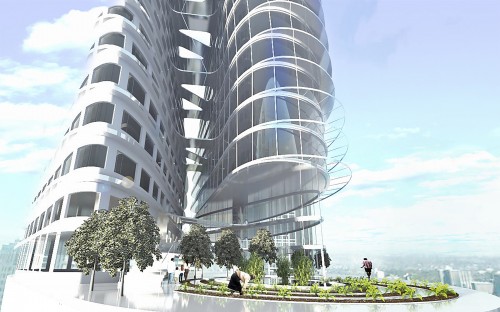
“Vertical Farm” urban living design concept by William Shin.
William Shin: “Vertical Farm” mixed-use high-rise
Master’s candidates in the Spatial Experience track look beyond the single object, moment or place to see how collectively these make an impact in projects ranging from branded retail and theme-driven dining, to hospitality, exhibition and residential design. Issues and methodologies of sustainable design are integrated throughout the curriculum.
While a graduate student, William Shin (MS 14) noticed a 21st-century trend toward cities coexisting in greater harmony with nature and the environment. As urban populations increase around the world, the pursuit of different lifestyles in those cities is also increasing. As environment-friendly lifestyles and locovore food culture take root in cities, green spaces and gardens are becoming increasingly important. Already many city dwellers and even commercial restaurants are growing their own vegetables and fruits.
Stepping into role of “conductor,” Shin orchestrated a set of spatial ideas around these emerging realities. His thesis project boldly re-envisions the urban neighborhood in the form of a “Vertical Farm” — a space that combines residential, agricultural, business, educational and leisure activities within a single structure. Centered around organic food production, spaces also foster research and learning, the coming together of families and neighbors, and the pursuit of healthy activities.

Online and offline platforms converge in Shuning Li’s “Pinporium” design concept inspired by Pinterest.
Shuning Li: “Pinporium” retail platform
What’s next? is the driving question behind much of the exploratory and experimental work underway in our studios. Our graduate students see themselves as proactive opportunity seekers in the creative process, ideating and collaborating across disciplines, platforms and cultures.
Inspired by Pinterest, the popular online visual discovery tool used to collect and share ideas, Shuning Li (MS 14) designed “Pinporium” as a dynamic retail platform. More than simply a store, the project proposes an entirely new business model for the retail industry in the digital age. Supported by advanced technology, virtual community, and a focus on interactivity and flexibility, the Pinterest-branded emporium-style retail spaces envisioned by Li in her thesis project would engage and inspire users with a customized shopping experience based on their Pinterest user data and preferences.
In Li’s concept, “pinning” becomes a more powerful act than merely bookmarking and sharing images. Online and offline platforms converge to create dynamic, adaptive spaces that promise more interactivity between shoppers and sellers and significant potential to bring new life to physical stores, with lasting social and economic impact.
To learn more about Art Center’s graduate and undergraduate programs, check out the new 2015–2016 Viewbook.









 Art Center has a reputation for putting students through their paces, challenging them to meet and exceed their wildest creative dreams. The work ethic instilled here is legendary as are the results of all that toiling, ideating, imagining and making.
Art Center has a reputation for putting students through their paces, challenging them to meet and exceed their wildest creative dreams. The work ethic instilled here is legendary as are the results of all that toiling, ideating, imagining and making.


